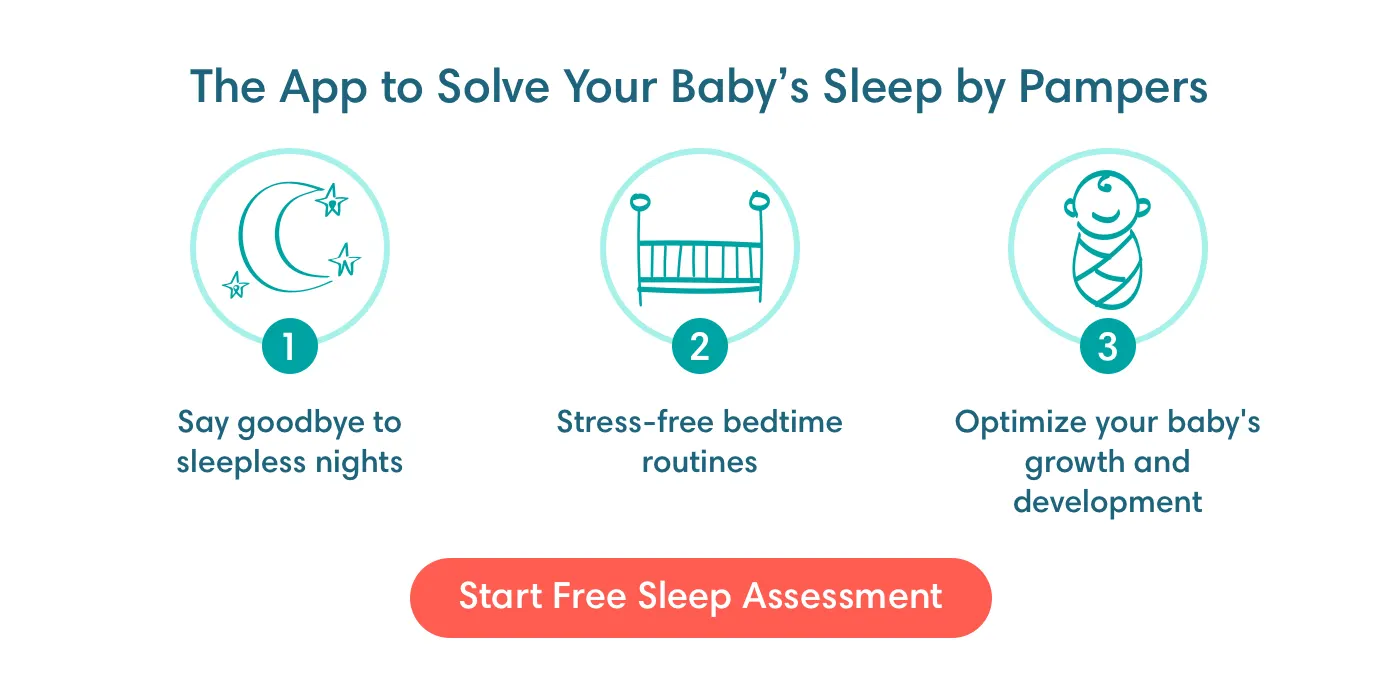
When Do Toddlers Stop Napping?
You may think fondly back to those early days when your sweet newborn was quite the snoozer! And as your baby grew older and their energy increased, they probably needed a daytime nap or two. But now that your little one is even older, perhaps you’re wondering, when do toddlers stop napping altogether? We’ve got all the answers and more, so keep reading to learn when kids usually stop napping and what you can do to support your child in this transition.
When ‘Should’ Toddlers Stop Napping?
Remember that every child develops at their own pace, so there’s no hard rule as to when your toddler ‘should’ stop napping. However, typical sleep requirements for kids look a little like this:
By 18 months, many children start reducing the number of naps from two to one, but when do toddlers stop napping completely? Typically, children stop napping during their toddler years, sometime between 3 and 4.
By the time your child is 5, they’ll probably be ready to get all the necessary sleep at night without needing any daytime naps. However, all kids are different and what’s most important is that your child gets the daily sleep they need one way or another.
Keep in mind that the transition to stop napping might not be linear. Some days your child may need a nap, and on other days, maybe not. The length of an afternoon nap might also become shorter with time. So, as your toddler gets older, their nap won’t necessarily need to be long to feel rested.
Signs Your Toddler Is Ready to Stop Napping
Your child will stop napping when they no longer need extra periods of rest to keep energy levels up throughout the day. Likewise, exciting development milestones, like learning a new skill or playing new games may keep them awake during the day or make it harder to fall asleep.
As your little one’s sleep routine starts to shift, they might experience some trouble sleeping, and you can interpret certain behaviour as possible signs your toddler is ready to stop napping, such as the following:
What To Do When Children Stop Napping?
Once you start seeing the signs that it’s time to stop naptime altogether, it’s a good idea to lean into that bedtime routine you started when your child was a baby. A bedtime routine is one of the best ways to help with sleep training, as it prepares their mind and body for rest.
A couple of complementary tactics include helping your child differentiate between day and night so that they start to identify night with sleeping and adjusting bedtimes.
Bedtime Routine
Bedtime routines help promote sleep, and when your child no longer naps, they’ll need a good night’s sleep to catch all the necessary Zs! Some ways to help your child wind down at the end of the day and prepare for sleep include
Day vs. Night
Differentiating between day and night also helps your child start to associate night with sleep. Some ways to do this include:
Changes to Bedtime
When toddlers first stop napping altogether, some parents do adjust bedtime as well, which may help with the transition. At age 3 to 4 years, your child will need 10 to 13 hours of sleep – without naps helping you reach that number, you might need to move bedtime up a little earlier.
If you do this, don’t forget to consider the timing of your bedtime routine! Settling down, having a bath, reading a bedtime story and saying goodnight with cuddles and kisses might require a good amount of time.
FAQS AT A GLANCE
Yes, if your 2-year-old stopped napping, that’s perfectly OK. There’s no rule as to when toddlers ‘should’ stop napping, as every child is different. Kids’ naps typically start tapering off at around 18 months and they often stop napping sometime between 3 and 4 years.
The Bottom Line
Naps are important for a developing child, but there comes a time when napping simply falls away. Every child is different, but most kids start reducing naptime around 18 months and dropping their afternoon nap sometime between the ages of 3 and 4.
There are plenty of signs that your toddler is ready to stop napping, such as not sleeping during naptime, having trouble falling asleep at night and waking up earlier than usual. If your toddler shows these signs, they may not need naps anymore. If you're in doubt about your child's need for naps or have any questions about napping or night-time sleep, talk to your health visitor or GP.
When your child is ready to stop napping, it might help to adjust bedtime a little earlier and re-establish that handy bedtime routine. Having a routine at night can help your toddler wind down and associate the night hours with sleep. And, before you know it, your little toddler will feel like a proud ‘big kid’ not needing those naps!
The information in this article is based on the expert advice found in trusted medical and government sources, such as the National Health Service (NHS). You can find a full list of sources used for this article below. The content on this page should not replace professional medical advice. Always consult medical professionals for full diagnosis and treatment.




